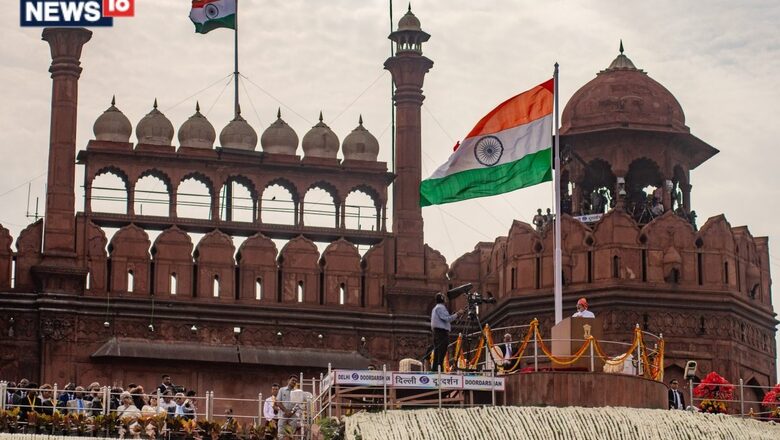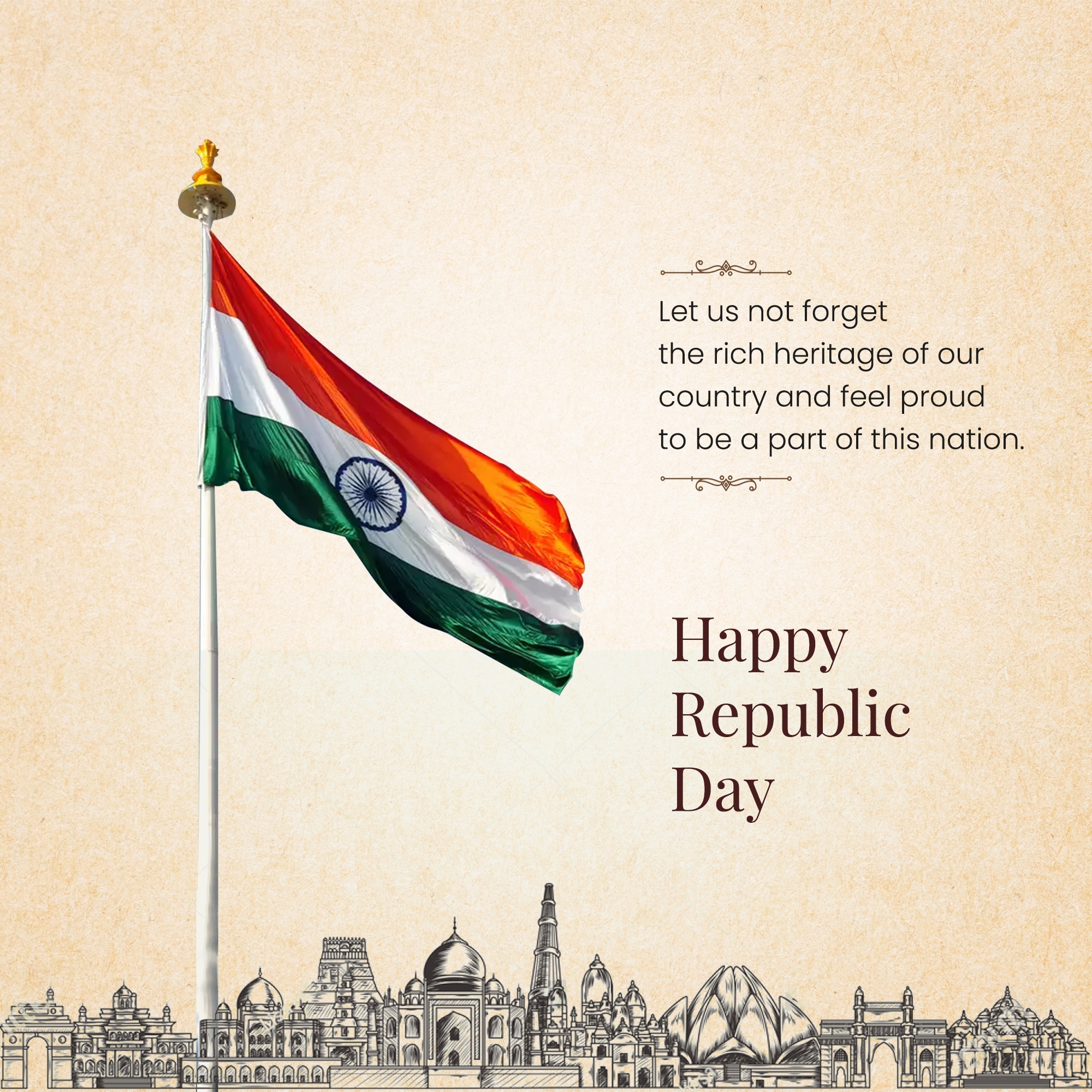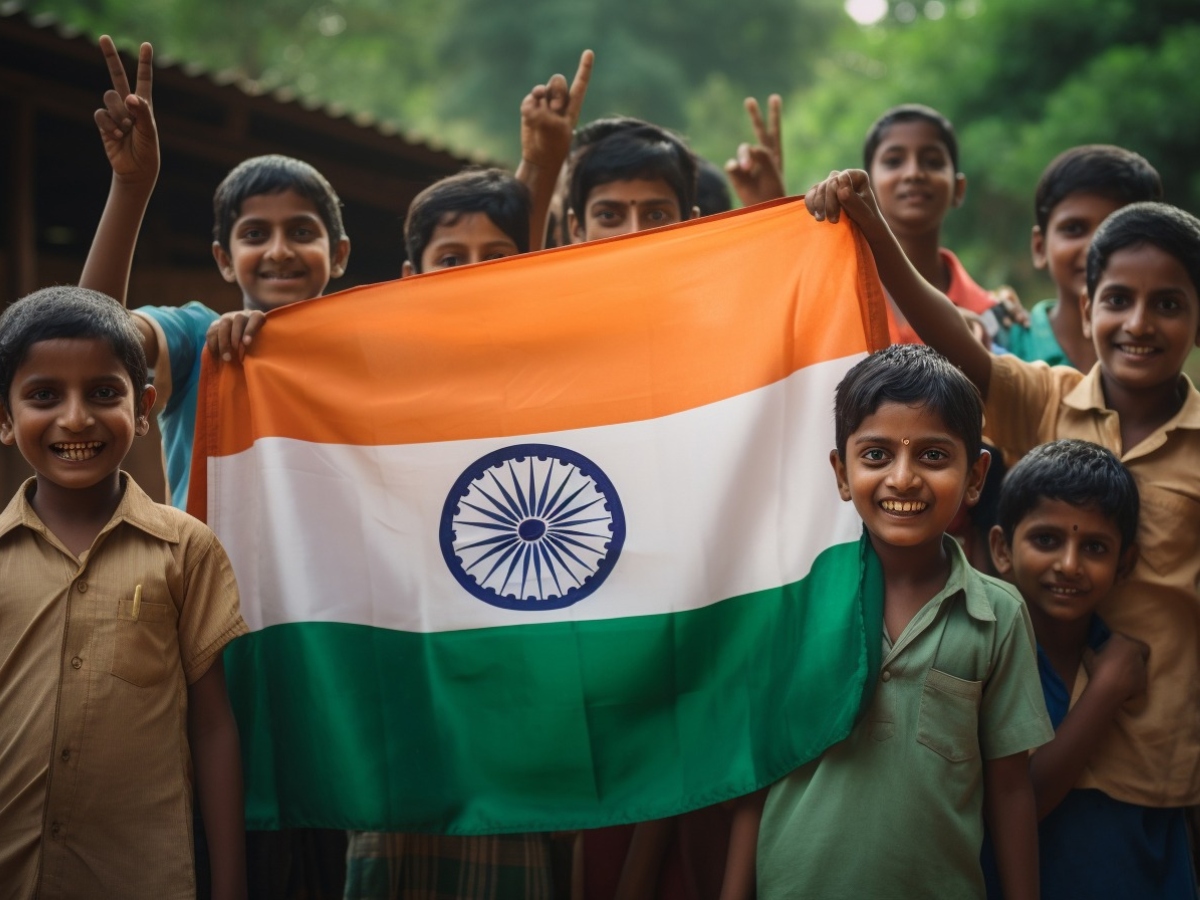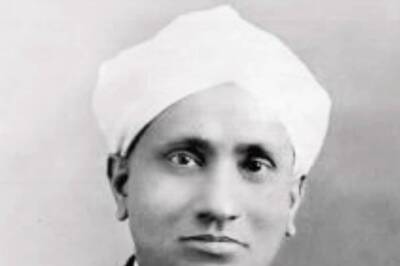
views
REPUBLIC DAY 2024: India will celebrate its 75th Republic Day this year on January 26. The day is marked with grandeur across the country. The President of India unfurls the national flag on Republic Day at Kartavya Path, formerly called Rajpath, in New Delhi. The adoption of the National Flag of India in its present form took place during the Constituent Assembly meeting on July 22, 1947.
Are you familiar with the significance of our national flag and the transformations it has undergone throughout history?

Many countries across the world use three colours in their flags. The popularity of tricoloured flags is often traced to 1570 when the Netherlands adopted the Prinsenvlag, an orange-white-blue flag. This, in turn, inspired other countries like France to base their national flags on three-striped colours.
First Indian Flag and the Calcutta Flag
It is said that the first major Indian flag was designed by activists Sachindra Prasad Bose and Hemchandra Kanungo in 1906. This orange, yellow, and green flag was unfurled on August 7, 1906, at Parsi Bagan Square (Greer Park), Kolkata. The same year this flag, known as the ‘Calcutta flag’, was used by Madam Bhikaji Cama at the International Socialist Conference in Stuttgart, Germany.
The Swaraj Flag With Charkha
In April 1921, Mahatma Gandhi emphasised the need for a unified national flag in Young India, proposing the inclusion of a charkha or spinning wheel at the centre. Freedom fighter Pingali Venkayya designed the ‘Swaraj Flag’ with white, green, and red stripes, incorporating the spinning wheel, symbolising self-rule and self-reliance.
Introduction Of Tricolour
In 1931, the design of the ‘Swaraj Flag’ was modified, and the tricolour with saffron, white, and green stripes was introduced. The spinning wheel was now positioned on the white stripe.
The Current Flag
Finally, on July 22, 1947, the Constituent Assembly of India adopted the same tricolour but replaced the spinning wheel with the ‘Dharma Chakra,’ an icon taken from the lion capital of Emperor Ashoka. The adoption of the current design symbolised the historical and cultural heritage of India.
The National Flag of India is a horizontal tricolour consisting of three equal bands of deep saffron at the top, white in the middle, and dark green at the bottom. In the centre of the white band, there is a navy blue wheel known as the Ashoka Chakra.
What do the colours and symbols on the flag signify?

The saffron colour on the Indian flag signifies strength and courage, the white signifies peace and truth, and the green signifies fertility and prosperity. The ‘Dharma Chakra’ signifies the Buddhist teaching that “there is life in movement and death in stagnation”.




















Comments
0 comment